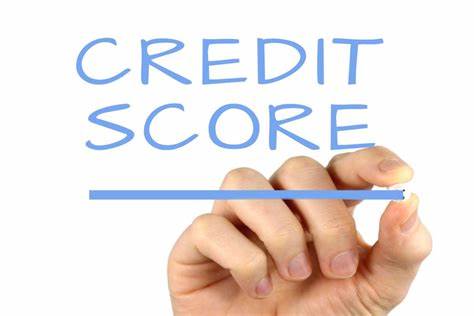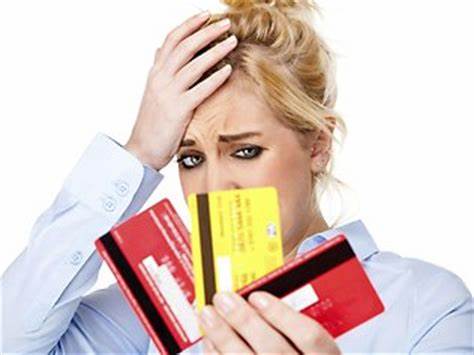A good credit score can save you a lot of money, so any improvements you make while you pay your debts can have a huge impact. When you plan a debt repayment plan, you should consider what debt to repay first to improve your credit score.
If you read the first article in our series, you already know that building your credit score is one of the biggest reasons to get a credit card, and your usage rate is a key component of this score. Since the credit line is small, keeping low utilization (the percentage of the credit line used at any given time) is not easy. Looking for some quick guidelines to get close to your credit card spending to keep your credit score trending up? We provide you with protection!
Manage your credit utilization
There is a big difference between how much you can spend on your card and how much you should spend. The maximum amount you can spend on your credit card is your credit line, but your goal should be to keep your balance below 30% of your total credit limit. So if your credit limit is $200, you need to make sure your balance is less than $60.
This seems like an impossible task - in some places, it's hard to buy a can of gasoline for $60! The key to maintaining low utilization and low credit lines is frequent payments (see the next article for more information!) or just keep your spending below the 30% usage limit. We recommend setting up some small bills on your new card so you can use it often, but not too crazy about spending. Before you can get a higher credit limit from your bank or credit card company, you may still need to make some daily purchases on your debit card.
Strategically spend to get rewards
Next step: See if your new card offers any rewards. With many cards, you may only get rewards for certain categories of purchases, so be sure to check them out. For example, if you only earn bonus points or cash back when shopping at a grocery store, be sure to spend all your credit cards at the grocery store! In this way, you will be able to enjoy a wonderful hospitality at the end of the month - this is the perfect reward for your new card!
The final piece of advice on plastic consumption is to build a system that tracks everything. A new credit card has a large number and date, and if you don't stay on it, you may find that your credit score is not what you want. We will include some quick first credit card spending tips.
First credit card tip: Develop a spending plan
Create a target personal "credit line": So far, you know that you don't want to reach your actual credit limit. Calculate the balance you want to stay at or below - absolutely less than 30% of your credit limit, ideally between 10-20% - and then write down the number. Think of it as your own credit line, don't let your spending exceed this number.
Make a plan below this limit: either make a payment plan that lowers your balance below your goal, or choose a recurring payment that will keep your card balance low but non-zero. Write down this plan and stick to it.
Make reward-friendly purchases: Find out what kind of purchase your card rewards, and use your card to buy those things primarily. In this way, you can earn some money from your consumption!



